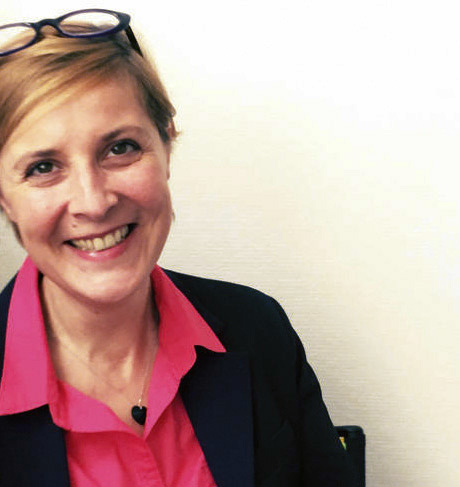Hochsommerliche Aerosole, 2020 © Jochen Lempert, courtesy of the artist, of BQ, Berlin and ProjecteSD, Barcelone:ADAGP, Paris, 2022
Just a few weeks ago, the Jeu de Paume featured the Thomas Walther Collection and Masterworks of Modern Photography ...



